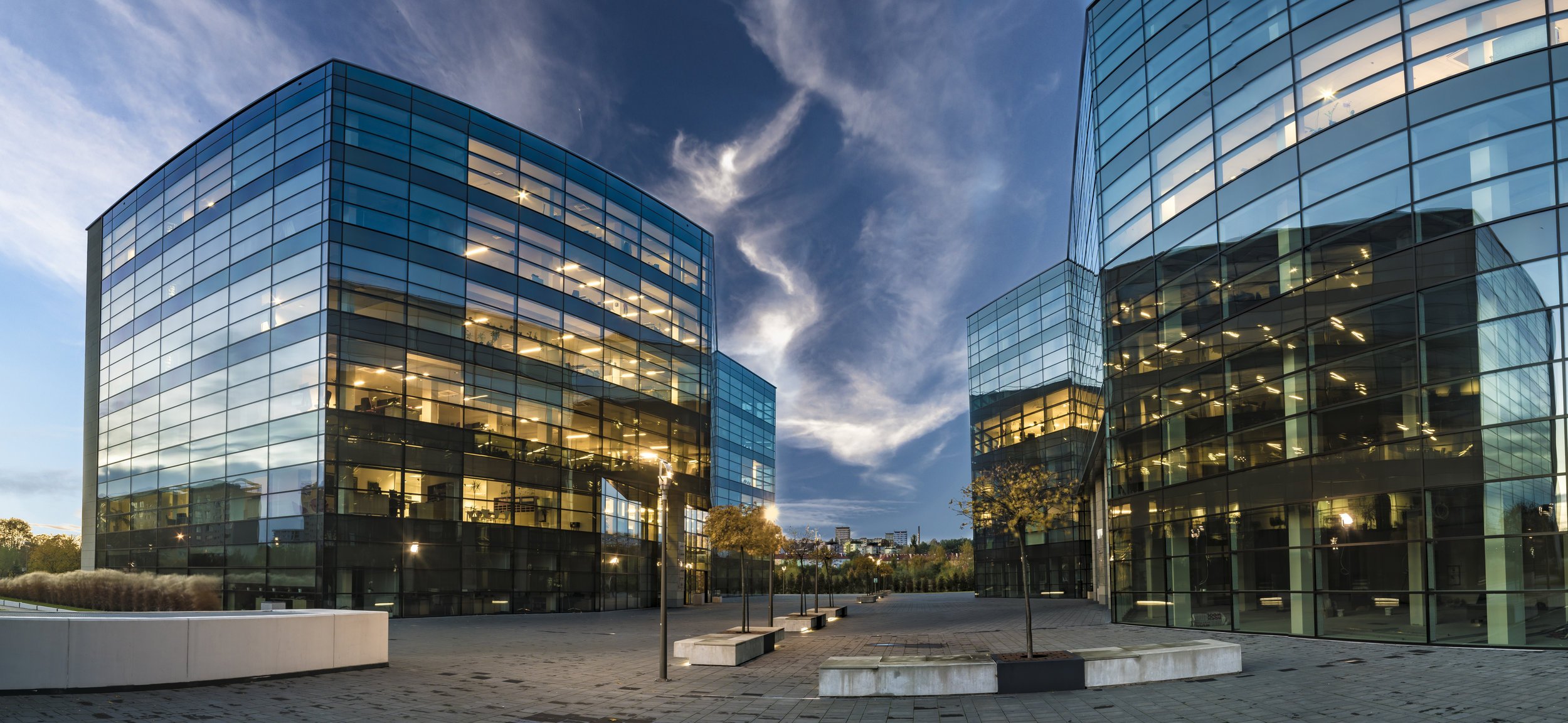Integrated Security Technologies Case Study
FORTUNE 500 Technology Integration
We recently assisted a large Fortune 500 company with a global manufacturing presence assimilate the security technologies of a recently acquired competitor, adding nearly 30 facilities across North America, Europe, and Asia.
The newly acquired facilities were a mixture of manufacturing, warehousing, R&D, and corporate offices with a global presence, but no standardization regarding security technologies, nor their application. They also lacked centralized management of systems and ID badges. This paradigm was incompatible with our client’s heavy emphasis on the standardization and centralized management of their security technologies.
Security Technology Audit
We faced several challenges serving this client, starting with the many disparate technologies and disperse geographical locations of the facilities, and how to support them all. We saw a clear need to bring the security technologies and their application up to acceptable corporate standards. And finally, we worked on making the business case to the Board of Directors for funding.
To complicate things more, their IT department was running a parallel program to upgrade and standardize each new facility. To a large extent, these security upgrades were dependent on, and often driven by, IT and their schedule.
And, finally, cybersecurity was a major consideration for all devices connected to their corporate Wide Area Network.
The Process of a Security Consultant
The discovery phase required assessing each new facility, understanding the existing security technologies, which components could be repurposed, and identifying gaps that needed to be filled. To help complete this, SRMC created a customized security survey form that was then distributed to the appropriate stakeholders at each facility.
The survey gathered information including the manufacturer, type, and quantity of devices, general system information and software revisions, local vendor support, building plans, etc. The survey was followed up shortly after by a conference call including Corporate Security, each site’s facility and/or security manager, and SRMC to review the survey information and request any missing information.
Integral to the entire process was a security vendor with a global footprint who also enjoyed a long-term relationship with the client and an intimate understanding of their needs. The results of the initial surveyed confirmed the initial assessment, that most of the technologies in use were incompatible with the corporate systems and needed to be replaced.
Multi-site Security Survey
Following the initial surveys and interviews, the security integrator performed site surveys for each facility verifying the information collected and providing a detailed plan with recommendations and costs to bring each facility up to corporate standards. The recommendations included repurposing as much existing infrastructure and devices as possible. In some instances, otherwise functioning equipment, particularly IP cameras, needed to be replaced because they couldn’t meet the established cybersecurity requirements.
Building a Successful Strategy
Upon completion of the comprehensive discovery phase, SRMC assisted with building a business case detailing the ROI benefits of standardizing systems and equipment and provided detailed cybersecurity risks and mitigation strategies. Video was proposed for manufacturing and materials safety as well. The case was presented to the Board of Directors who authorized more than double the initial requested amount for the project.
Results
Our multi-site survey, followed by conversations with stakeholders, produced a comprehensive strategy that included repurposing as much existing infrastructure and devices as possible.
When shown to the Board of Directors, the project was authorized for more than double the initial amount requested for the project.

